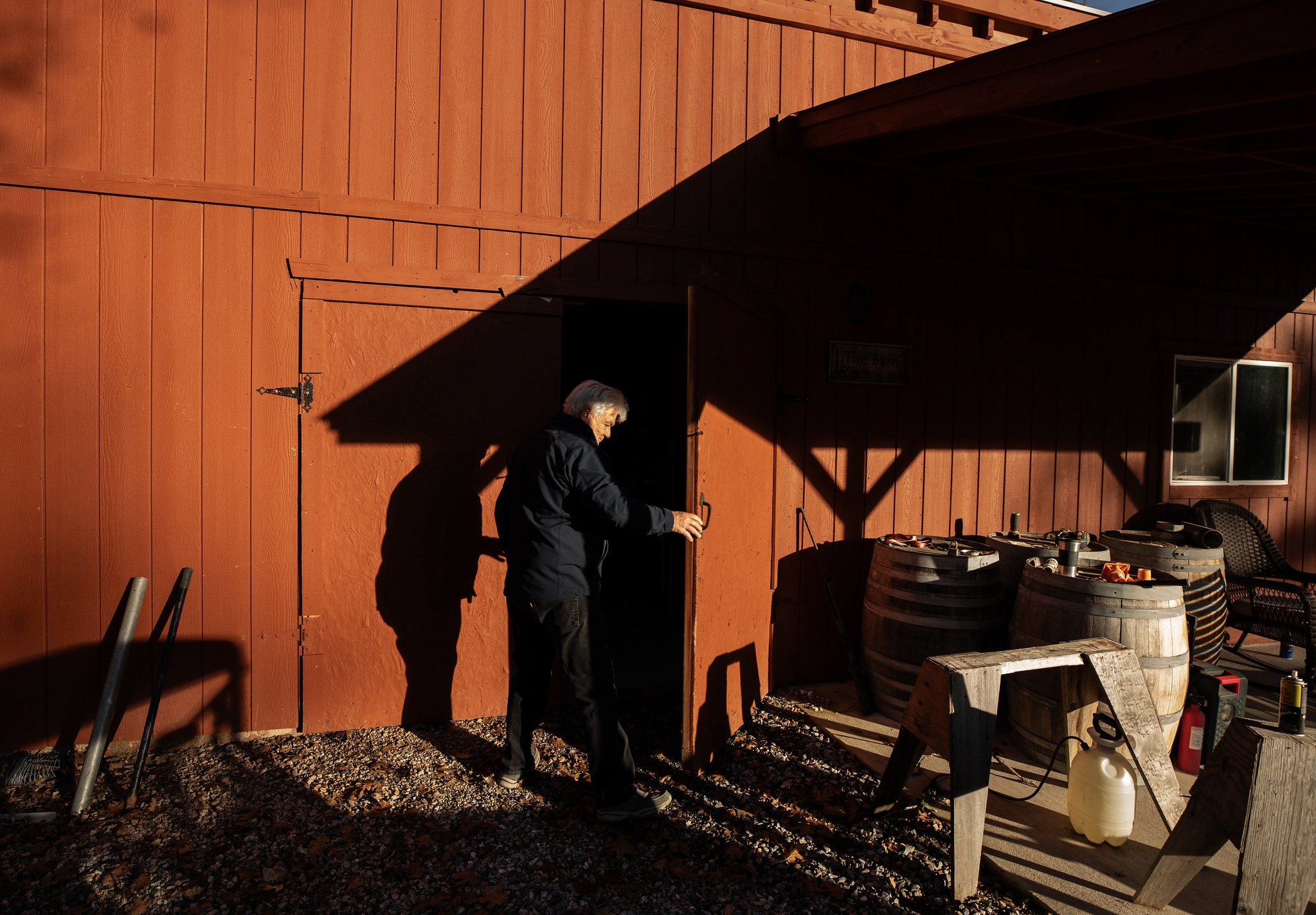OPINION ANALYSIS
Court rules for property owner in building fee dispute

on Apr 12, 2024 at 1:56 pm

California homeowner George Sheetz won a victory at the Supreme Court on Friday in his challenge to the constitutionality of a fee that he was required to pay the county to receive a permit to build his home. In a unanimous decision authored by Justice Amy Coney Barrett, the justices agreed with Sheetz that conditions on building permits should be subject to heightened scrutiny even if they were authorized by legislation, rather than imposed on an individual basis by administrators.
The decision was a relatively narrow one that did not come as much of a surprise after the oral argument in January, at which Justice Neil Gorsuch had observed that both Sheetz and the county were in “radical agreement” on the question that the court had agreed to decide. The justices on Friday answered only that question – in Sheetz’s favor – and sent the case back to the state courts for another look in light of the Supreme Court’s decision.
The dispute began in 2016, when Sheetz wanted to build a manufactured home on a lot that he owns in Placerville, Calif. El Dorado County, where the lot is located, told Sheetz that he would be required to pay “traffic impact mitigation fees” before he could receive a building permit. Sheetz paid the fee, but he also went to state court to challenge the fee’s constitutionality.
Sheetz argued that the fee violated the Fifth Amendment’s takings clause, which bars the government from taking private property for public use “without just compensation.” He told the state courts that to determine whether the fee passes constitutional muster, they should apply the test outlined by the Supreme Court in two property rights cases, Nollan v. California Coastal Commission and Dolan v. City of Tigard, Oregon. Those cases, taken together, hold that if a government wants to require someone to give up property in exchange for a land-use permit, it must show that such a condition is closely related and roughly proportional to the effects of the proposed land use. In Sheetz’s case, he argued, they meant that the county was required to make a case-by-case determination that the $24,000 fee was necessary to offset the impact of congestion attributable to his project.
The state courts declined Sheetz’s suggestion. They concluded that the Nollan/Dolan test only applies to fees imposed on an individual basis, rather than fees – like the traffic impact mitigation fee – authorized by legislation.
The Supreme Court on Friday disagreed. In her 11-page opinion for a unanimous court, Barrett explained that nothing in the text of the Constitution indicates that the takings clause does not apply to fees imposed by legislatures. The same is true, she continued, for the history of the takings clause. “In fact,” she wrote, “special deference for legislative takings would have made little sense historically, because legislation was the conventional way that governments exercised their eminent domain power.” Nor, she added, do the Supreme Court’s cases interpreting the takings clause distinguish in any way “between legislation and other official acts.”
Barrett emphasized that the court’s ruling did not resolve some of the other issues raised by Sheetz’s challenge regarding the validity of the fee – “including whether a permit condition imposed on a class of properties must be tailored with the same degree of specificity as a permit condition that targets a particular development.” The state appeals court did not weigh in on this or other unresolved questions, Barrett explained, because it “proceeded from the erroneous premise that legislative permit conditions are categorically exempt from the requirements of Nollan and Dolan.” “Whether the parties’ other arguments are preserved and how they bear on Sheetz’s legal challenge are,” Barrett concluded, “for the state courts to consider in the first instance.”
Three different justices wrote brief concurring opinions in which they weighed in on some of the issues that they raised at the oral argument and some of the questions left unanswered by the court’s ruling. Justice Sonia Sotomayor had in January pointed to other property-related fees that governments often impose and questioned whether the takings clause applies to Sheetz’s case at all. In an opinion joined by Justice Ketanji Brown Jackson, she argued that Nollan and Dolan only apply if the fee would have been a taking of property requiring government compensation if the government had imposed it outside the permitting process. That question, Sotomayor indicated, remains open in Sheetz’s case.
For Gorsuch, the answer to the question “whether the Nollan/Dolan test operates different when an alleged taking affects a ‘class of properties’ rather than a ‘particular development’” was clear: “Nothing about that test depends on whether the government imposes the challenged condition on a large class of properties or a single tract or something in between.”
But in a one-paragraph opinion, Justice Brett Kavanaugh – joined by Jackson and Justice Elena Kagan – wrote separately to stress that the court had “explicitly decline[d] to decide” the question flagged by Gorsuch in his concurring opinion. Therefore, Kavanaugh noted, the court’s ruling in Sheetz’s case “does not address or prohibit the common government practice of imposing permit conditions, such as impact fees, on new developments through reasonable formulas or schedules that assess the impact of classes of development rather than the impact of specific parcels of property.” Moreover, Kavanaugh stressed, “no prior decision of this Court has addressed or prohibited that longstanding practice.”
This article was originally published at Howe on the Court.


